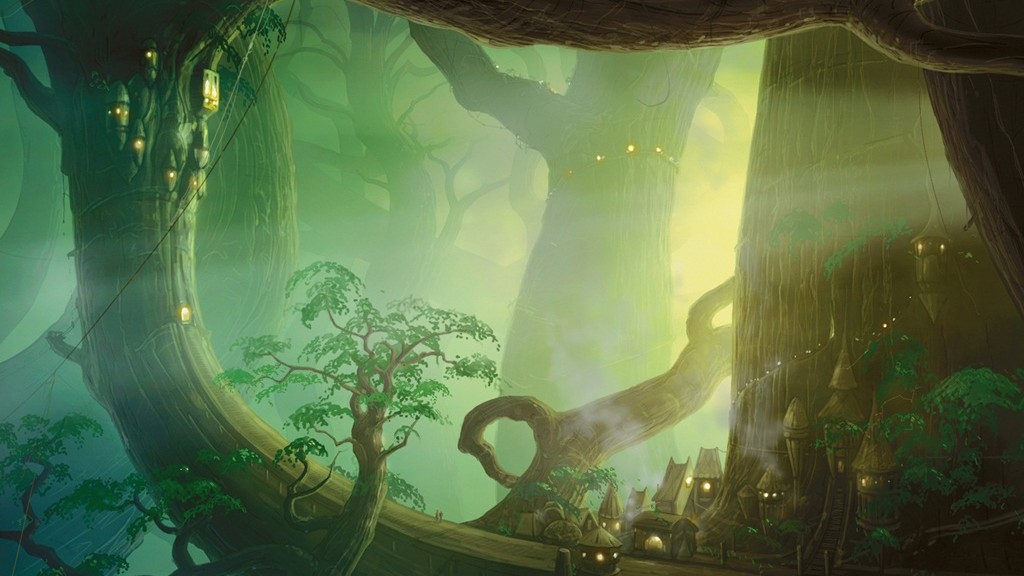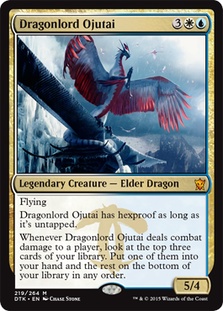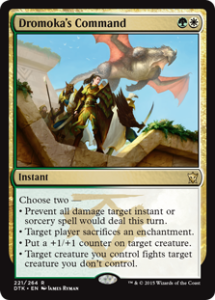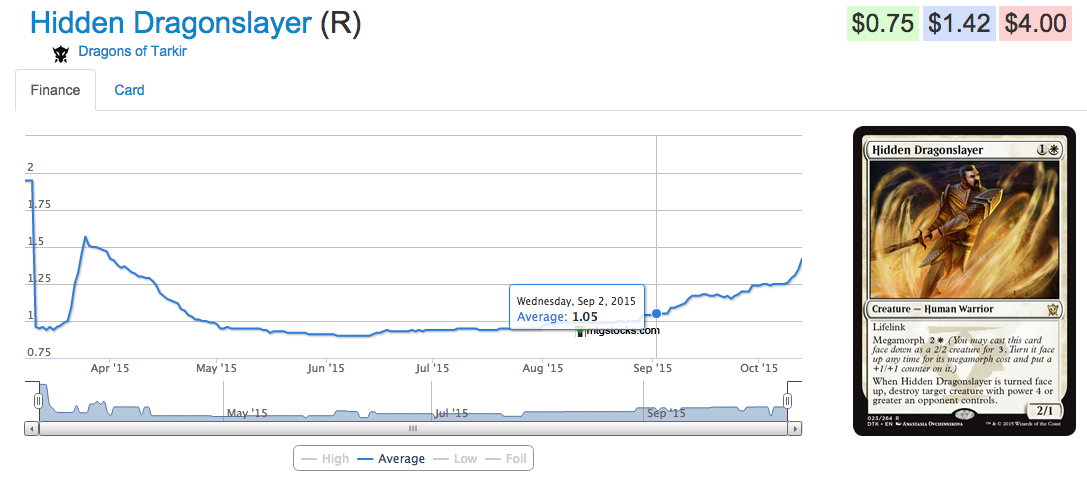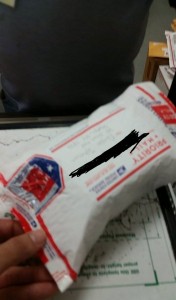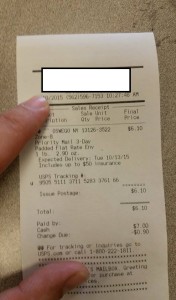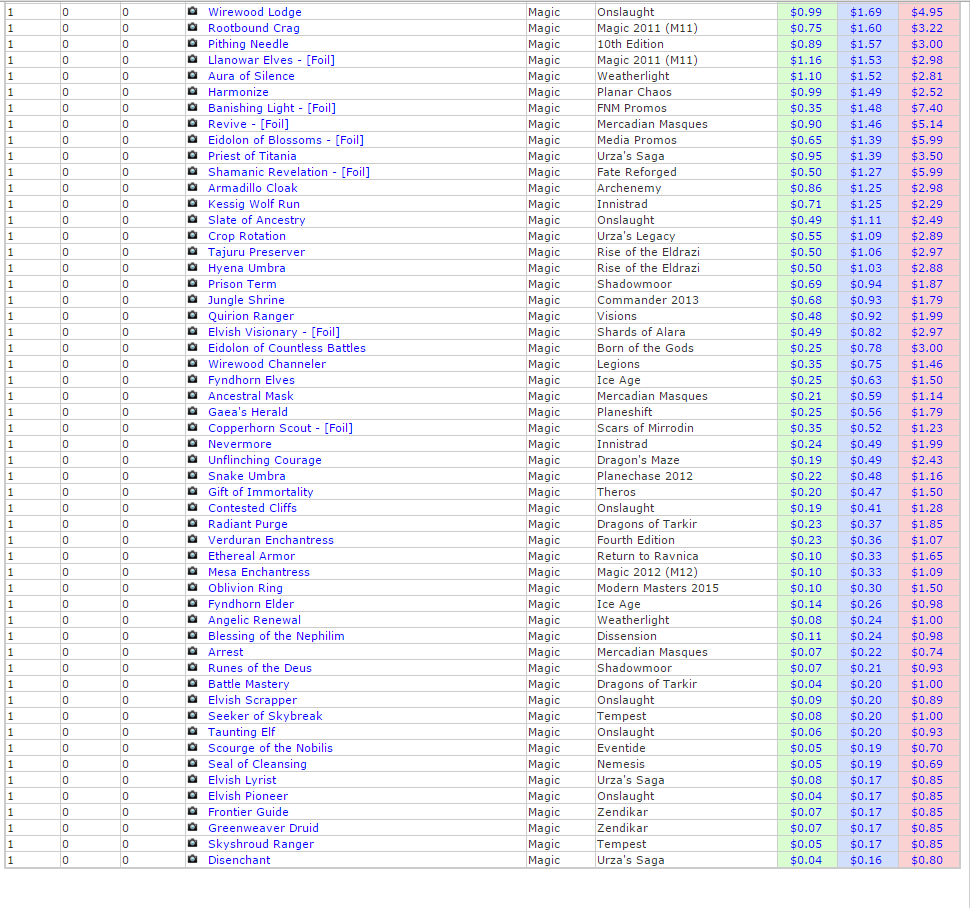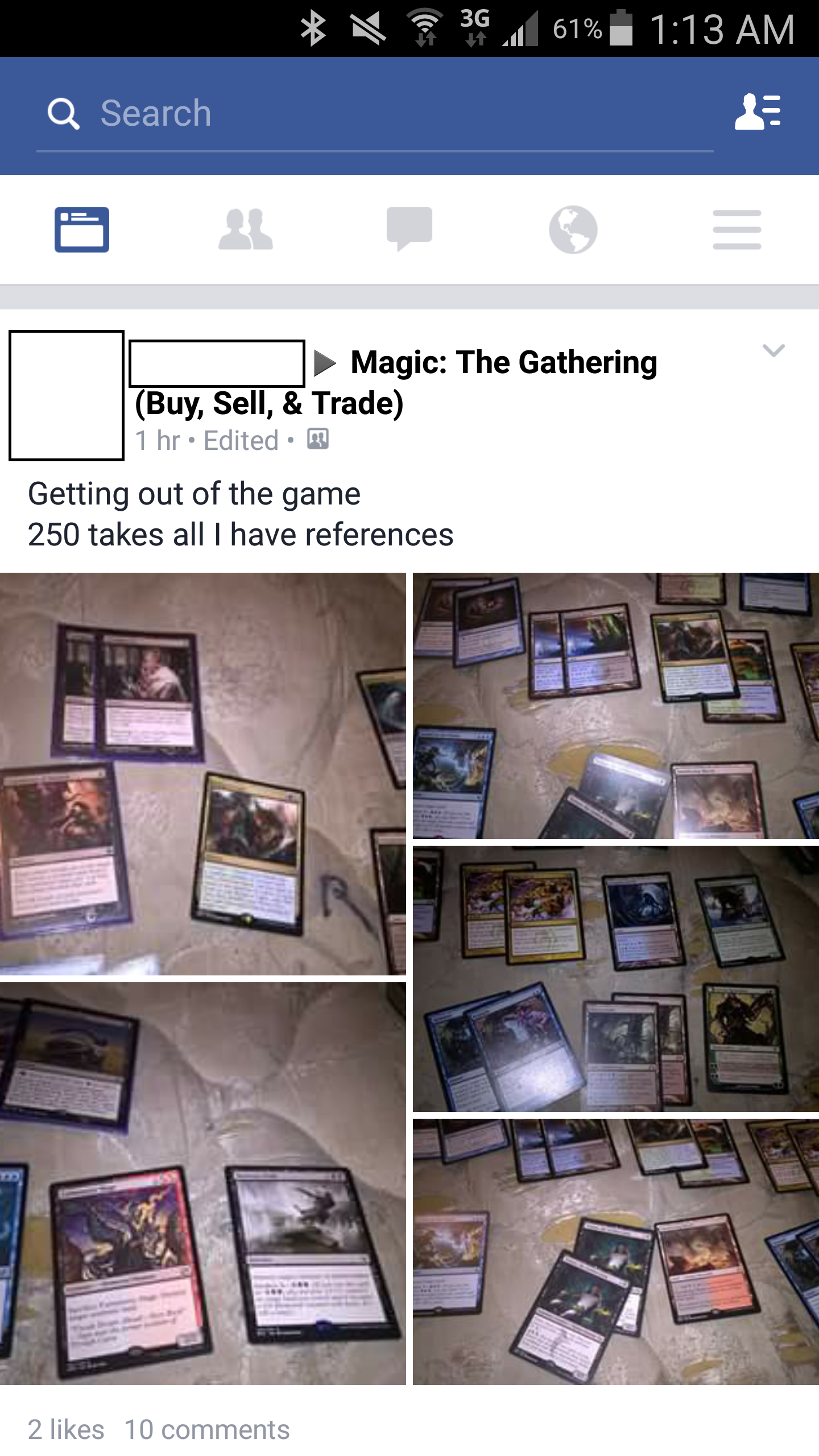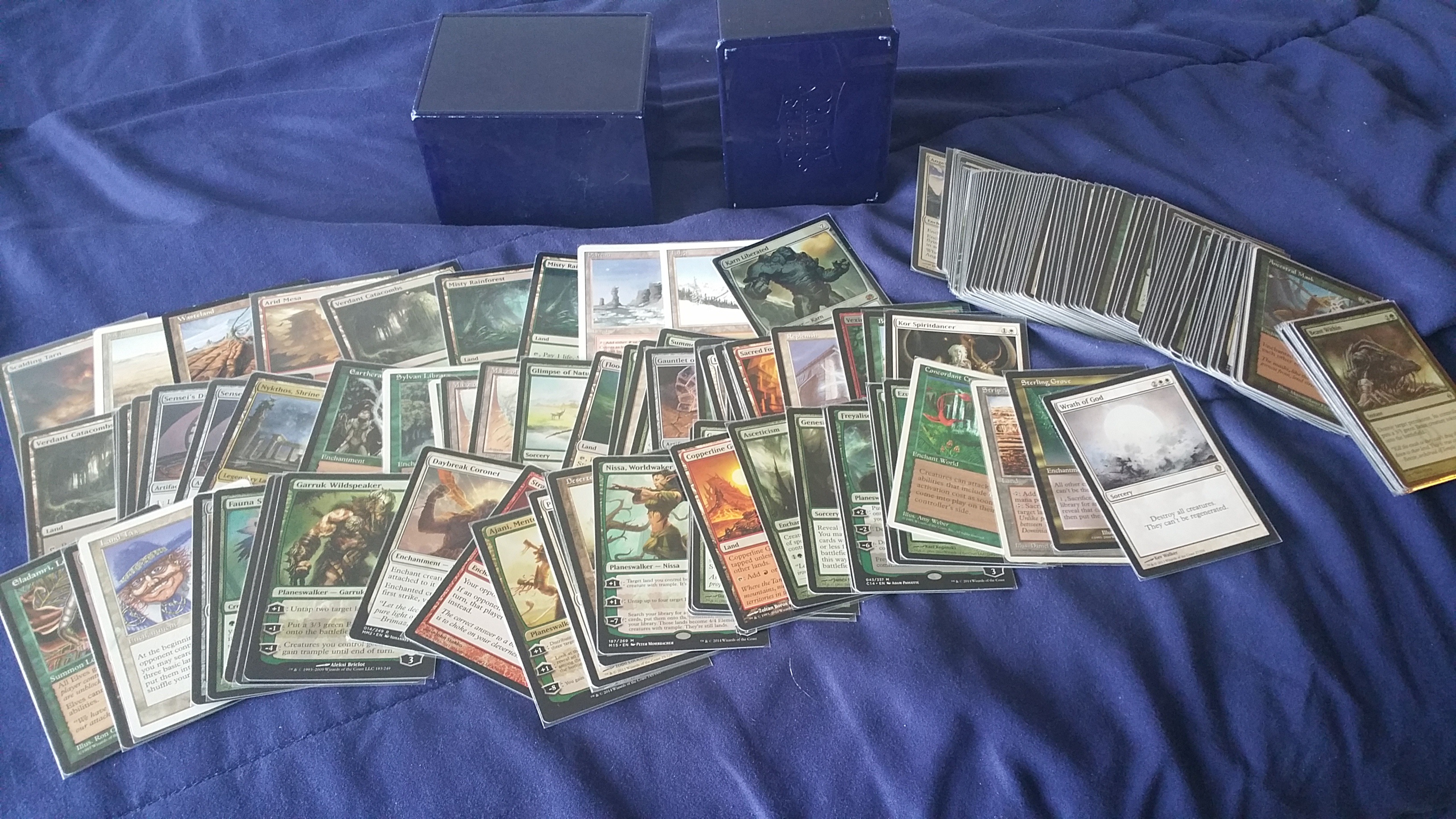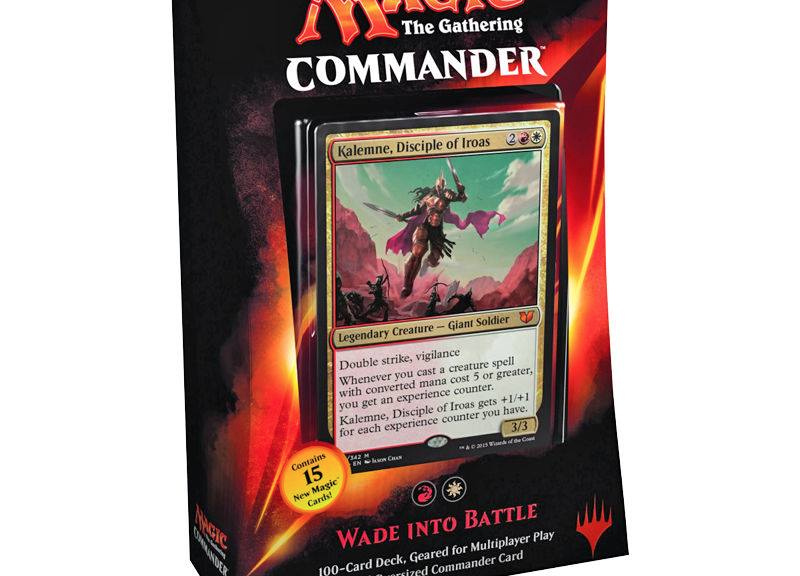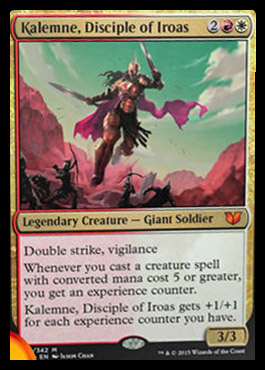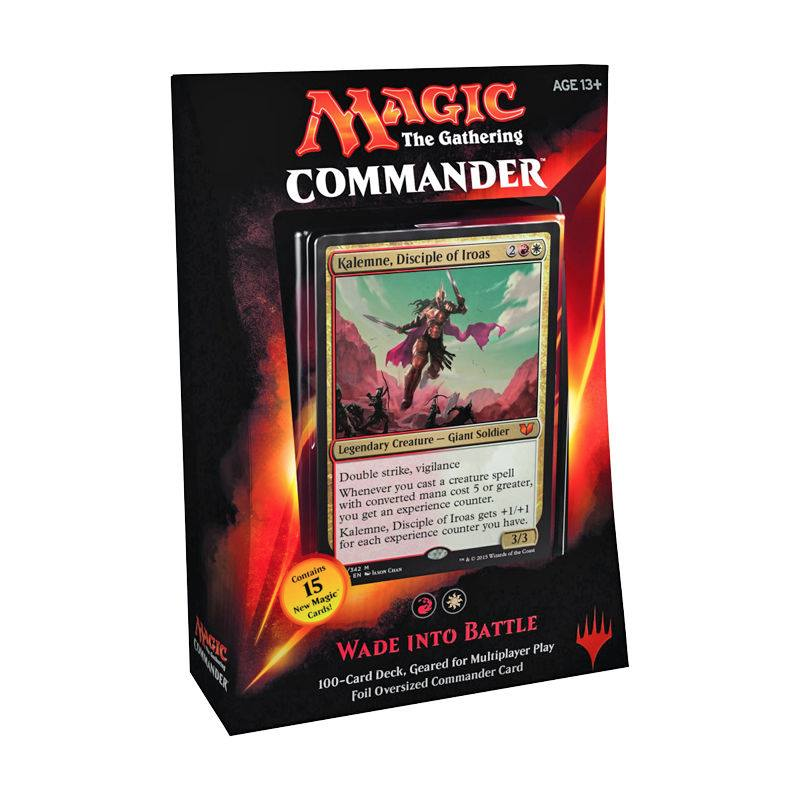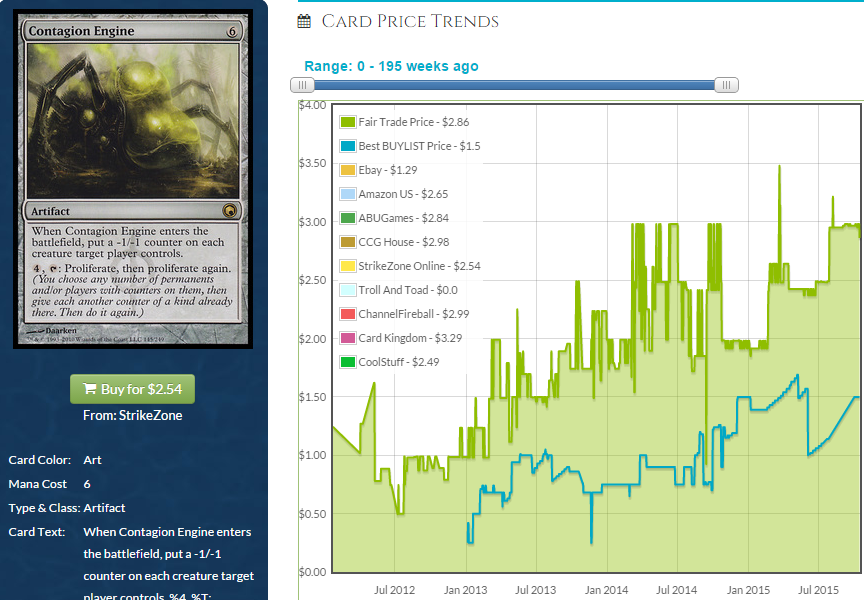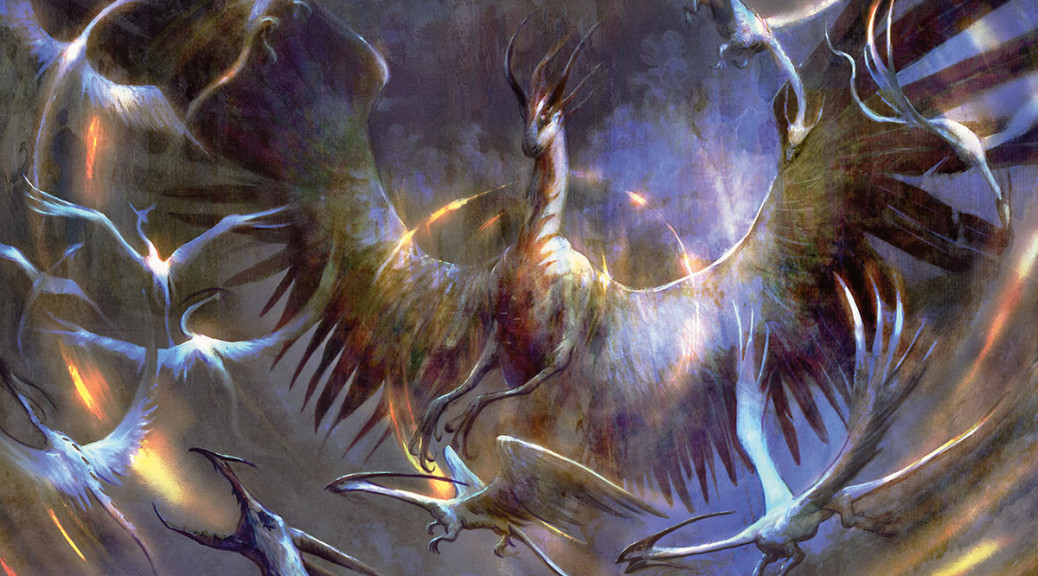(It’s been a while since I wrote a freely-available article, so I wanted to take this opportunity to do so. I hope you enjoy! – Corbin)
By the time this article comes out, you’ll be knee-deep in Pro Tour speculation, with all the pros gathering in Wisconsin to battle it out for the plane of Zendikar (and up to $40,000 on the line). Personally, I’ve been on the road for a week at this point, from Grand Prix Madison to a bus and some downtime in Milwaukee. I’m not usually much of a story guy, but I can safely say that fun has been had, drafts have been drafted, and Canadian Highlander is the best new format I’ve encountered since EDH.
So how about one quick story: Marshall Sutcliffe and I were playing a game earlier today, and I—having not built my own deck for the format yet—was simply playing my Karador, Ghost Chieftain Commander deck with my commander shuffled in. It’s far from optimized for the format, but due to the grindy nature of the deck, it actually competes reasonably well with some of the decks in the Canadian Highlander. Anyway, there were some great games today, from Marshall Mind Twisting me for five only to see me shrug it off and go to town over the next ten turns with Life from the Loam and cycling lands on the way to a win.
But the best story is probably the following: I had to mulligan twice, and my hand by the fifth turn was Unburial Rites, Sun Titan, Karmic Guide, and Animate Dead, and I had just cast Oblivion Ring on Marshall’s Liliana of the Veil. With four lands in play and nothing else to do, my hand was completely dead. Luckily, Marshall had my back and Mind Twisted me for five off a Grim Monolith. I untapped, flashbacked Unburial Rites, returned Sun Titan, returning Animate Dead, returning Karmic Guide, returning Acidic Slime. Pretty sick.
After a few turns of battling like this, Marshall was at one life and had wiped the board. We both whiffed for a few turns, then I topdecked Birthing Pod. He followed by topdecking an answer. I topdecked Makeshift Mannequin, starting the chain over. Given that I had Swords to Plowshares in hand to Marshall’s no cards in hand and Grindstone in play, I felt fairly safe from Painter’s Servant combo. It would take an absurd topdeck to beat me.
Which means, of course, that Marshall ripped Dig Through Time to find Fabricate (to fetch Painter’s Servant), then had exactly enough mana to Muddle the Mixture my removal spell. That’s just one of the crazy awesome games I’ve seen out of this format, and I highly recommend giving it a look.
Could it be financially relevant? Maybe. The format has been around for a while, but hasn’t taken off, nor do I think it necessarily will, given that it appeals primarily to competitive players. I will say that it’s already more of a thing than Tiny Leaders, so I hope we don’t see a repeat of that debacle. If there’s interest (let me know!), I could revisit this topic in the coming weeks with a more financially based perspective. I tentatively have a retrospective on my post-rotation Standard picks slated for next week, so just let me know what you want to see!
Now, let’s get on to some more immediately-relevant matters.
Standard Spikes
We’ve seen some major movement over the last few weeks, and while much of it has been expected (and predicted in this column), there’s still plenty worth talking about.
Let’s start with Dragonlord Ojutai. Still the best finisher in Standard (and in Canadian Highlander if you’re Randy Buehler), Ojutai has doubled in price over the last two weeks. Truthfully, there’s not much to say here except that Jace, Vryn’s Prodigy (which I wrote about in detail last week) will continue to be played across the field, and Ojutai will almost always accompany it. I don’t expect the price to crater anytime soon.
The same goes for Den Protector, which just keeps going and going. I’m going to be honest: there’s not much reason to believe that Dragons of Tarkir cards won’t continue climbing, or at the least remain steady, for the next few weeks and months. The set was, unsurprisingly, a combination of not heavily opened and very, very good.
Which leads me to Ojutai’s Command, which as you saw in Monday’s Floor Report from LengthyXemit (related: I’m the content manager around these parts, so let me know if you want to see more of those). On topic, Ojutai’s Command was bought out on site at Grand Prix Madison at $3 and under, and the growth on this has been steady. I cannot stress enough that this returns Jace, Vryn’s Prodigy, which seems to be the most important card in the format. I see this easily moving past $5 and maybe to $10 on a post-Pro Tour spike, and I love picking these up at Friday Night Magic.
Other cards that have shown strong movement are Mantis Rider and Dromoka’s Command. These were both major calls here a few weeks ago, and while another one, Rattleclaw Mystic, has shown only marginal growth, these two are steadily rising and even exploding.
I’ve seen Event Decks come and go, and just like it has in the past, the printing hasn’t destroyed prices like many feared. Hangarback Walker has shrugged it off, while Dromoka’s Command has in fact grown from $3 to $7.
If you’re in on any of these from when we tagged them as pickups one to two months ago, the time to sell will be after the Pro Tour concludes this weekend. Sunday through Wednesday will be the peak for many of these prices. Remember when the time comes to not be greedy, and instead be happy to lock in profits.
Fetch Lands
Much has been made of how much many dealers are paying on-site for fetch lands, with prices on site for Polluted Delta and Flooded Strand going as high as $22. That’s nuts for a card with a price of $25 TCGplayer mid, and the truth is these may not come down for a while. With Standard stretching so much to four- or even five-color manabases—and even the aggressive decks being two colors with fetches—these could continue to climb over the next three months.
But don’t panic. These are being driven heavily by Standard, and while I imagine many players will hold onto these even after rotation, they will likely fall some before rotation hits. That’s what we saw with Zendikar fetches and with Return to Ravnica shock lands, and I expect the same trend to repeat. Still, there’s definitely value in having these in your binder right now. I’m also not definitively opposed to selling these at $20 or more now in cash, because there’s little reason to believe you won’t be able to reacquire them at at least $20 in six months. For reference, Misty Rainforest and Scalding Tarn fell to $10 to $12 in the same respective time period.
Zendikar Expeditions
These have certainly come down rather quickly. Remember that a large amount of product (I’m not applying a made-up percentage, just speaking in generalities), is opened within the first two weeks of a set’s lifetime. I don’t think we’re at the valley on these yet, but I also don’t think we’re that far off. People have been rushing to sell these because the majority of people would rather have hundreds of dollars over a single vanity item, and those who do want to splurge for them aren’t in any rush to pick them up as a result.
But if the behavior of fetch lands over the past two months tells us anything, it’s that sets become “old” very quickly, and something that was plentiful seemingly yesterday gets rare fast. Keep a close eye on Zendikar Expeditions if you think you might want to acquire them, because the floor can’t be that far away.
A Called Shot
I made this a Pick of the Week on Brainstorm Brewery a few weeks back (along with Wingmate Roc), but I want to reiterate it here. There are very few surprises left in cards at this point, as we haven’t seen any huge impact (yet) from Battle for Zendikar, and nearly everything that we expected to spike has spiked already.
Hidden Dragonslayer hasn’t yet. But you better believe it’s on the way. Look at this chart.
That’s the look of a card about to explode. There will be plenty of people playing Green-White Megamorph at the Pro Tour, and Dragonslayer is almost always at least a two-of. In addition to killing big things, it also is a fine lifelinking two-drop against Atarka Red. Combine that with a chart looking like this, and you have a recipe for a card you can trade for at $1 at FNM and sell for $5 next week. Warden of the First Tree is less exciting given that it’s showing no momentum at $3, but I’d also keep an eye on it this weekend, given its status as a mythic.
See You at the Pro Tour
That’s it for this week. I hope you tune into the Pro Tour this weekend (I’ll be the guy in the background typing on his laptop). Until next time, as always, thanks for reading!
–Corbin Hosler
@Chosler88 on Twitter/Twitch/YouTube
